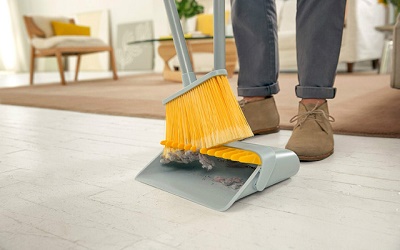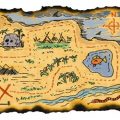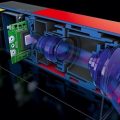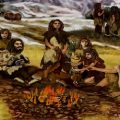PTE考生目前最大的问题之一就是练习题缺乏。除了有限的基本官方书(PLUS,Testbuilder, OG)之外
就没有题了。很多英语基础不是很扎实的同学很难找到练习材料。悉尼文波雅思PTE培训学校专门为澳洲,尤其是悉尼、墨尔本的PTE考生准备了适合PTE听力阅读练习的科学60秒。各位PTE同学可以练习PTE听力中的summarise spoken text和PTE口语中的retell lecture,PTE听力口语-科学60秒-Frosty Moss练习记笔记技巧和复述。废话少说,下面开始:
听力内容:
60秒科学节目(SSS)是科学美国人网站的一套广播栏目,英文名称:Scientific American – 60 Second Science,节目内容以科学报道为主,节目仅一分钟的时间,主要对当今的科学技术新发展作以简明、通俗的介绍,对于科学的发展如何影响人们的生活环境、健康状况及科学技术,提供了大量简明易懂的阐释。
The dust that accumulates in the corners of your house does more than just cause allergies and aggravation
it’s also teeming with clues about where you live and who you live with.
That’s the finding of a study in the Proceedings ofthe Royal Society B.
Researchers had volunteers at nearly 1,200 homes across the U.S. collect indoor and outdoor dust samples.
The average home’s dust contains about 5,000 types of bacteria and 2,000 types of fungi.
The fungi gave away a lot about a home’s location.
Different regions have different fungal populations, and thus so do houses within those regions.
For example, dwellings around the Great Lakes had very different fungi than did homes inArizona
because most household fungi originate outside and come in either on people’s clothes orthrough windows and doors.
As for the bacteria, those were strong indicators of the identity of the home’s residents.
Much of the bacteria was shed by the human body and was a pretty good indicator of ahome’s gender ratio.
The single–celled organisms also showed whether a pet shared the home,cats and dogs maketheir own The research could inform forensic investigations and allergy studies.
In the meantime, what can we take from these findings?
Well, you can clean up dust but you can’t change its composition.
That is, unless you move.
Or make some changes in the pets and people you live with.
aggravation: [,ægrə’veɪʃn] n. 加剧
bacteria:[bækˈtɪəriə] n.细菌
fungi:[ˈfʌŋgi: ] n. 真菌 (fungus的复数)
悉尼文波PTE原创首发





